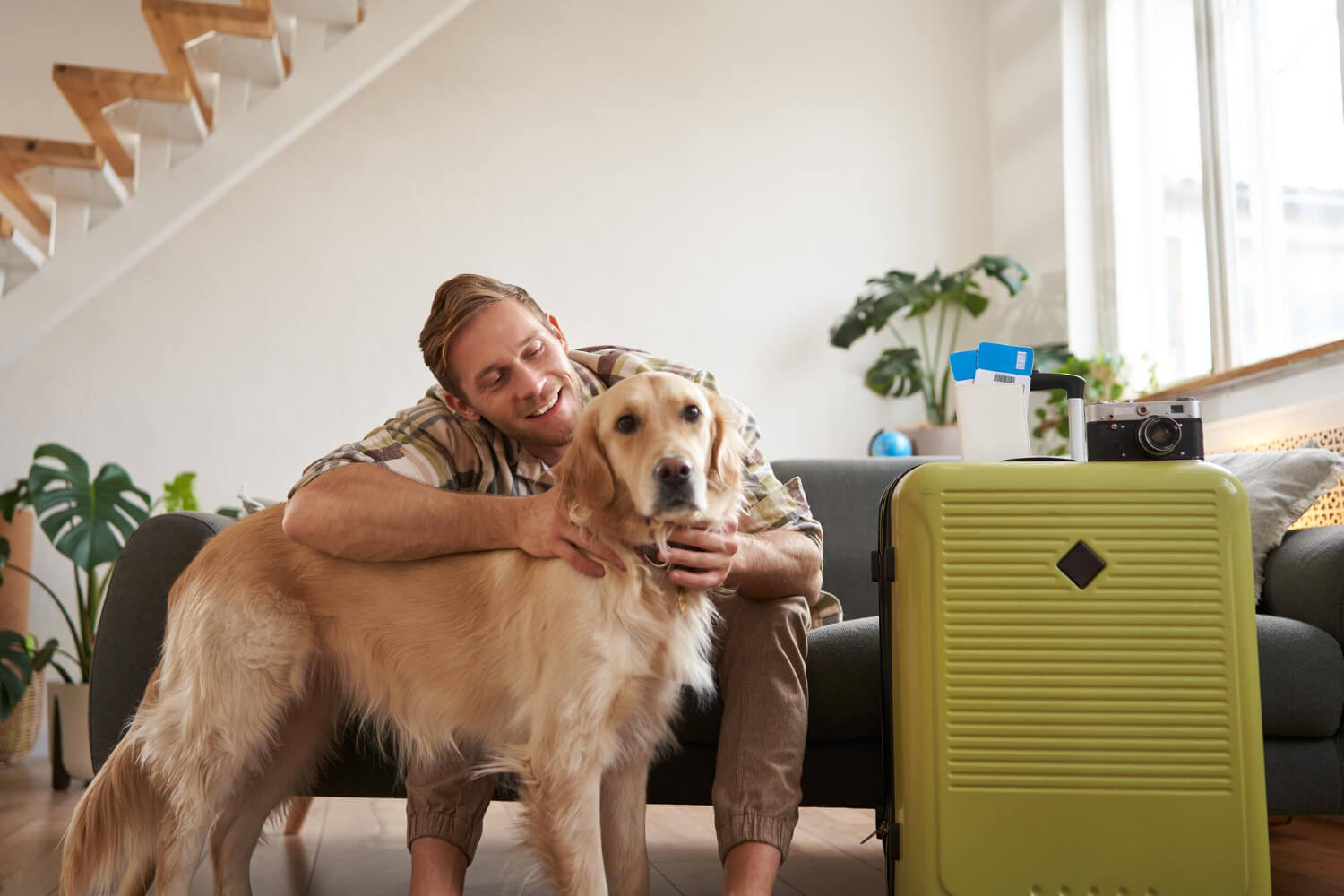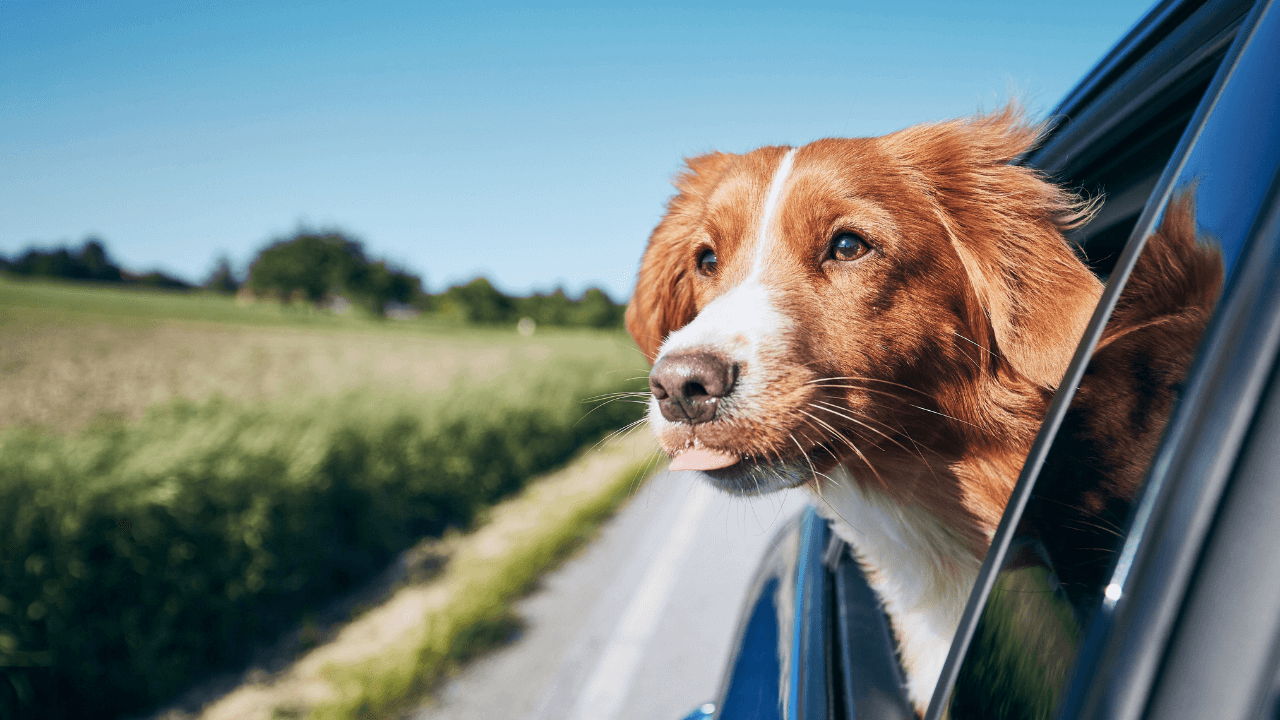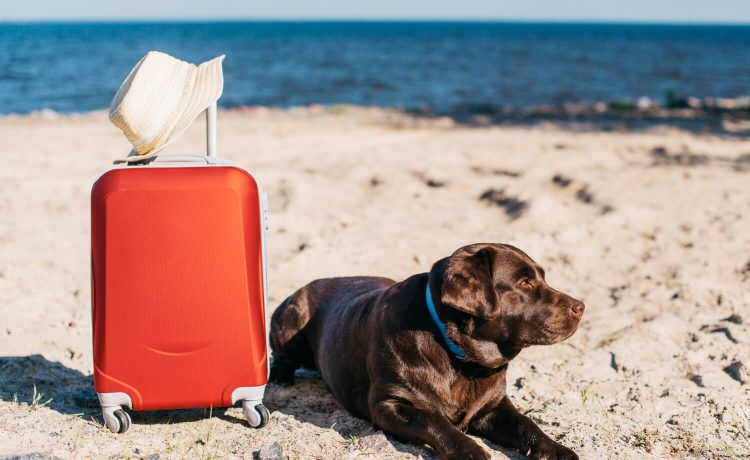Traveling with pets can be a joyful bonding experience, but it also comes with its unique challenges. Whether planning a cross-country road trip or flying to an exotic destination, taking your furry friend along requires preparation and care. To help make your travel smooth and stress-free, we’ve compiled a list of essential tips covering preparation, safety, comfort, and legal considerations. Here’s what you need to know.
Preparing for the Trip
Proper preparation is key to a successful trip with pets. A little planning goes a long way in ensuring your companion stays happy and healthy throughout the journey.
Research Your Destination and Modes of Travel
Before finalizing your trip, confirm that your destination and mode of travel are pet friendly. Many hotels, vacation rentals, or attractions have specific pet policies. Similarly, airlines and other transportation services often have detailed rules about pet travel, which can vary by carrier.
If you’re traveling by car, check out any routes or stops along the way for pet-friendly facilities like rest areas or pet-friendly accommodation.
Visit the Vet
Schedule a vet visit well before your trip to ensure your pet is healthy and travel-ready. Some destinations may require an up-to-date health certificate, vaccinations, or parasite treatment. Discuss any possible travel anxiety with your vet, as they may recommend calming supplements or anti-anxiety medication if needed.
Pack a Pet Essentials Kit
Make sure you pack everything your pet might need on the go. A solid checklist includes:
- Food and treats
- Portable water bowl and bottled water
- Medications and first-aid supplies
- Waste bags, litter, or puppy pads
- Leashes, collars, and identification tags
- Comfort items like blankets or toys they love
A well-stocked bag will help you avoid emergency stops for forgotten supplies.
Safety First
Your pet’s safety should always be your top priority during any trip, whether you’re driving or flying.
Safety While Driving
If you’re traveling by car, never leave your pet unsecured. Use a crate, pet seat belt, or car seat to keep them in place. This protects your pet and reduces distractions while driving.
Never leave your pet alone in a car, especially in hot or cold weather. Even a few minutes can lead to dangerous temperature changes.
Plan frequent stops for bathroom breaks, exercise, and water. This is especially important for dogs, who might need to stretch their legs during a long trip.
Safety During Air Travel
Flying with pets requires extra planning. If possible, choose direct flights to minimize time in transit. Small pets that meet size requirements can often travel in the cabin, while larger pets might need to be checked as cargo.

For cabin travel, invest in a TSA-approved, well-ventilated carrier. For pets traveling as cargo, ensure the crate meets airline regulations and is sturdy, secure, and comfortable. Add bedding and attach water bowls; you can refill them from the outside.
Always check specific airline policies beforehand, as some breeds (like brachycephalic dogs) may face restrictions due to health or safety concerns.
Ensuring Comfort and Reducing Stress
Pets can find travel unsettling, especially if it’s unfamiliar territory. Here’s how to help keep them calm and comfortable.
Familiarize Your Pet with the Mode of Travel
If your pet isn’t used to car rides or being in a carrier, start by easing them into it. Take short drives around your neighborhood for car travel and reward calm behavior with treats. For air travel, allow your pet to spend time in the carrier at home to get accustomed to the space.
Stick to a Routine
Pets thrive on consistency. Try to maintain regular feeding, walking, and play schedules during your trip. Bring their usual food along to prevent upset stomachs from sudden diet changes.
Offer Comfort Objects
Bring items that smell like home to help create a comforting environment. Familiar blankets, beds, or toys can help ease anxiety and remind your pet of their safe space.
Pay Attention to Their Behavior
Watch for signs of stress, such as excessive panting, whining, or unusual aggression. If you notice these signs, take steps to reassure your pet. Short breaks, gentle words, or even a few quiet moments can help them settle down.
Legal and Documentation Considerations
Traveling with pets often involves adhering to local regulations, especially if crossing state lines or international borders.

Check Travel Regulations
Some states and countries require specific pet vaccinations (e.g., rabies) or even quarantine periods. Research these requirements well in advance.
Carry Proper Documentation
Always have a copy of your pet’s vaccination records, health certificates, and any travel permits. Keep digital backups, just in case.
Ensure Identification Tags and Microchips Are Up-to-Date
Make sure your pet is wearing ID tags with your current contact information. Microchips should also have updated details to help reunite you with your pet if you get separated.





